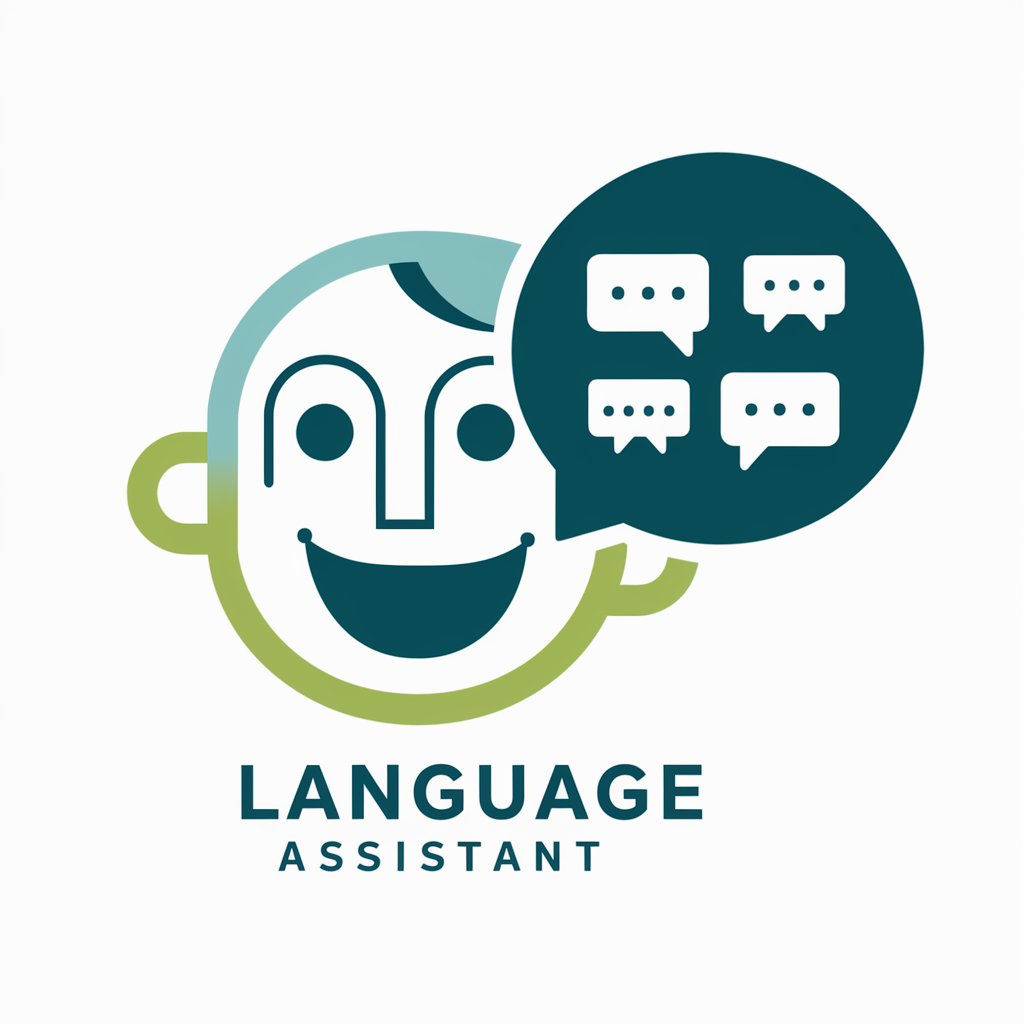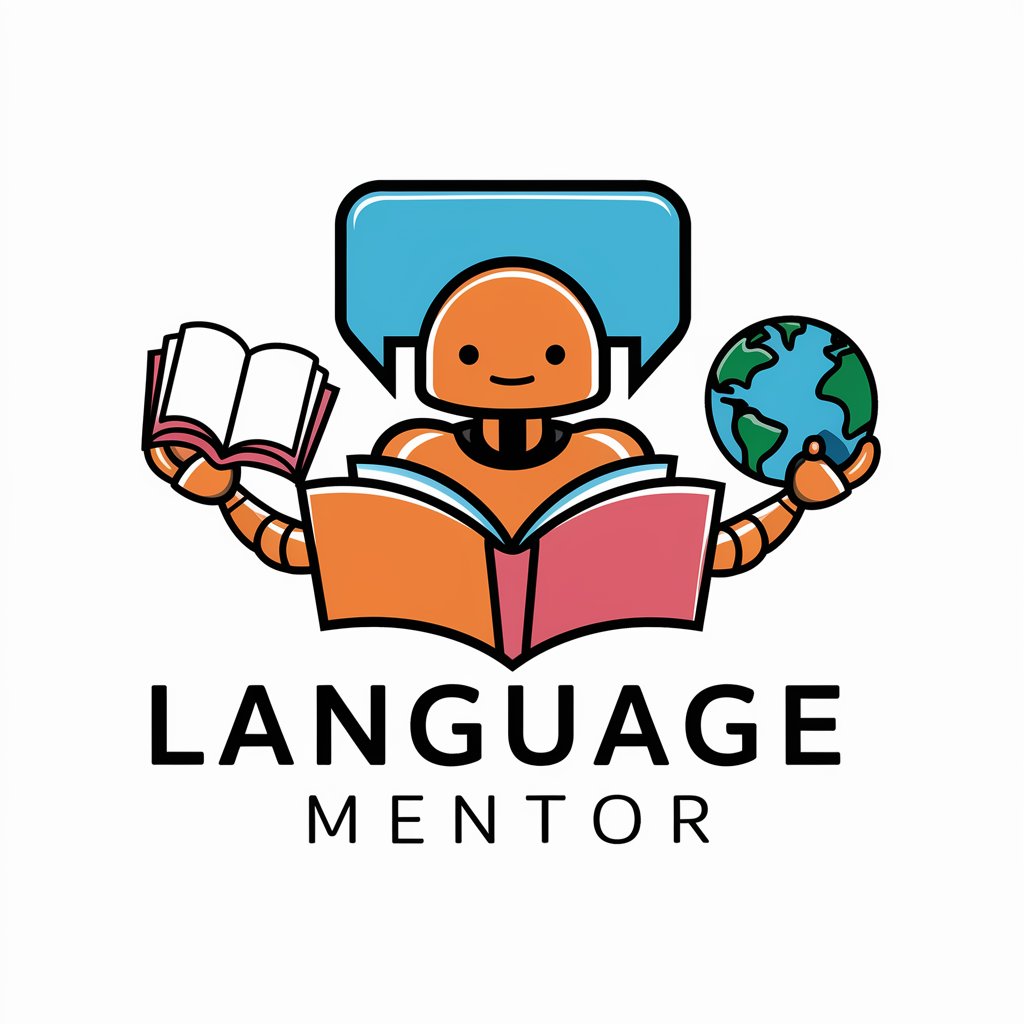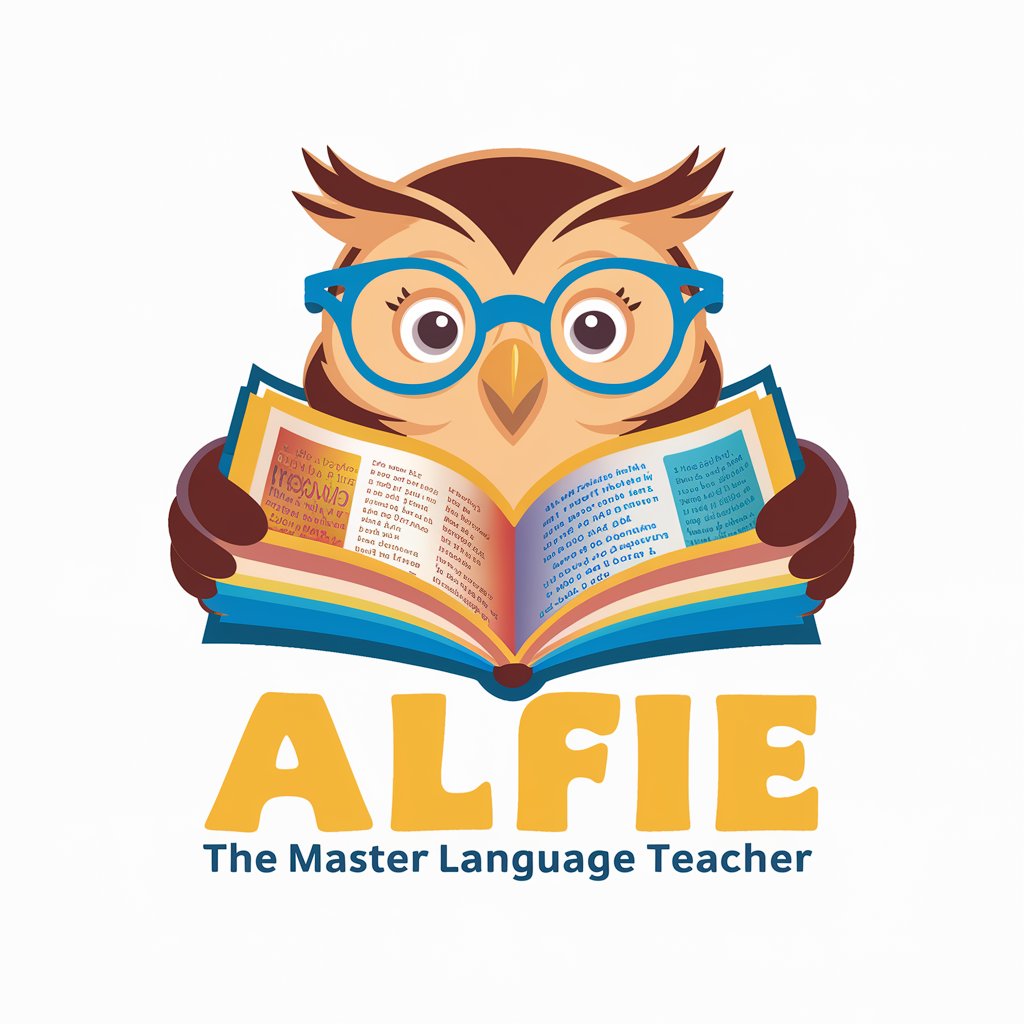Language Assistant - Language Learning Support

Hi there! Ready to practice some language skills?
Elevate your language skills with AI-powered assistance.
Let's practice a conversation in Spanish. How would you greet someone?
Can you describe your favorite hobby in French?
What's a common way to order food in a restaurant in Italian?
How do you ask for directions in German?
Get Embed Code
Introduction to Language Assistant
Language Assistant is designed as a conversational partner to facilitate language learning through interactive dialogues. Its primary goal is to make language practice engaging, accessible, and as close to real-life conversation as possible. Unlike traditional language learning tools that focus on structured lessons, Language Assistant immerses users in a dialogue, allowing them to practice language in a more natural setting. This approach helps in improving conversational skills, vocabulary, and understanding of grammatical structures through practice and correction. For instance, a user can engage in a simulated conversation about daily routines, during which Language Assistant can introduce new vocabulary, correct mistakes, and offer tips on more natural language usage. This real-time feedback mechanism is crucial for effective learning and retention. Powered by ChatGPT-4o。

Main Functions of Language Assistant
Interactive Dialogue Practice
Example
Practicing conversation about ordering food in a new language.
Scenario
A user wants to learn how to order food in Spanish. Language Assistant simulates a restaurant scenario, guiding the user through a conversation with a waiter, including greetings, asking for recommendations, placing the order, and making payments. This scenario helps the user practice specific vocabulary and phrases used in dining out.
Grammar and Vocabulary Corrections
Example
Correcting verb conjugations and suggesting more appropriate vocabulary.
Scenario
While conversing about their weekend plans, a user makes a grammatical mistake. Language Assistant identifies the error, provides the correct form, and explains the grammatical rule. Additionally, if the user uses an informal term where a formal one is more appropriate, Language Assistant suggests the alternative, enhancing the user's understanding of language nuances.
Cultural Insights and Usage Tips
Example
Explaining cultural nuances behind certain expressions or customs.
Scenario
A user expresses interest in understanding cultural practices related to greeting in Japan. Language Assistant explains the significance of bowing, the different levels of bowing, and when to use them. It also introduces common greeting phrases, providing insights into their appropriate usage contexts, thus enriching the user's cultural understanding alongside language skills.
Ideal Users of Language Assistant Services
Language Learners
Individuals at any stage of language learning, from beginners to advanced learners, who seek to improve their conversational skills, vocabulary, and grammatical knowledge. They benefit from real-time conversation practice, corrections, and cultural insights, making the learning process more engaging and effective.
Travelers and Expatriates
People planning to travel or relocate to a new country who need to quickly learn or improve their proficiency in the local language. Language Assistant helps them become familiar with essential phrases, cultural nuances, and practical language usage for daily interactions, facilitating smoother adaptation to their new environment.
Cultural Enthusiasts
Individuals interested in exploring new cultures through language. These users not only want to learn how to communicate in a new language but are also keen on understanding the cultural contexts behind language use. Language Assistant's insights into cultural practices and norms provide a more holistic learning experience.

How to Use Language Assistant
Start with a Trial
Visit yeschat.ai to explore Language Assistant with a free trial, no ChatGPT Plus subscription or login required.
Identify Your Needs
Determine your language learning goals, such as conversational practice, grammar improvement, or vocabulary expansion.
Engage in Dialogue
Begin interacting by typing questions or sharing text you want help with. The assistant will respond in real-time.
Utilize Feedback
Use the feedback and corrections provided to improve your language skills. Ask for explanations or further examples if needed.
Practice Regularly
For best results, engage with the Language Assistant regularly. Consistent practice is key to language learning success.
Try other advanced and practical GPTs
Language Mentor
Empower your language learning with AI

Language Tutor
AI-powered, personalized language mastery.

Language Voyage
Elevate Your Language Skills with AI

Homework Hero
Empower your learning with AI

Ecommerce Hero
Empowering Your Ecommerce Success with AI

My Hero
Discover Your Hero Within

Language Buddy
Empower Your Language Learning with AI

Language Master
Learn Languages with AI Tutoring

Language expert
Empowering Your Words with AI

Web Exp
Empowering your web exploration and writing with AI

Perplexity 每日精选
Empowering Knowledge with AI

毛泳东选集
Deep Dive into Mao Zedong's Ideologies

Common Questions about Language Assistant
What languages does Language Assistant support?
Language Assistant is designed to provide support in multiple languages, including English, Spanish, French, and others, catering to a wide range of language learning needs.
Can Language Assistant help with pronunciation?
While primarily focused on text-based interactions, Language Assistant can offer guidance on pronunciation through phonetic transcriptions and advice on accent placement.
Is Language Assistant suitable for beginners?
Yes, it's tailored for learners at all levels. Beginners can benefit from simple conversations and basic vocabulary building, while advanced learners can explore complex grammar and idiomatic expressions.
How does Language Assistant handle corrections?
Corrections are provided in a supportive manner, highlighting errors and offering explanations or alternatives to improve understanding and language usage.
Can I use Language Assistant for academic writing?
Absolutely. Language Assistant can assist in improving academic writing by providing suggestions for better structure, style, and vocabulary, making it a valuable tool for students and researchers.
